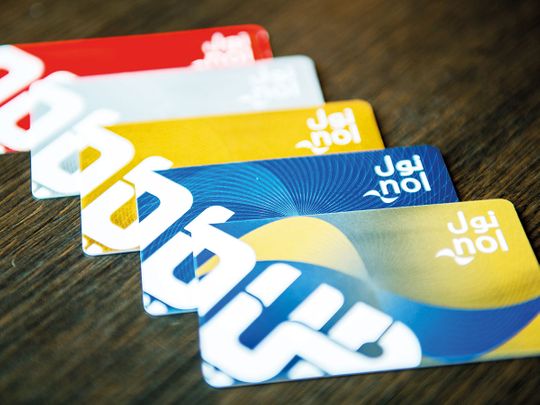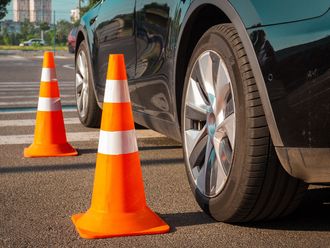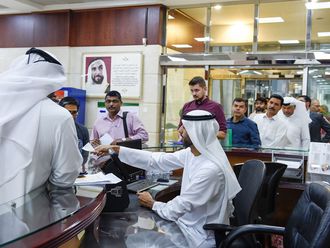
Dubai: If you want to travel by using any of the public transport options available in Dubai, you will need to have a nol card. While you can buy a new nol card from any of the Metro stations, and many bus stations as well, if you plan ahead of time, you can also apply for a nol card online and have it delivered to you without having to step out.
Online option is only for personalised nol cards
The first thing to remember is that the online option is only for personalised nol cards, also referred to as the Blue Card. Nol cards are categorised using a colour code – red, blue, silver and gold. To know more about the breakdown of nol cards, read our detailed guide here.
The blue card is a personalised card, which requires activation and is linked to your Emirates ID.
If you want to apply for concessions on public transport, because you are a person of determination or a senior citizen, you would need to apply for the nol Blue card.
How to apply for the card online
• Download the ‘nol Pay’ app, which is available for Apple, Android and Huawei devices.
• Open the app, and tap on ‘Get my nol card’.
• Select the ‘card type’ as ‘physical’ and then choose the travel class. The options are for ‘regular’ and ‘gold’.
• Then choose the customer segment as ‘adult’, ‘person of determination’, ‘student’ etc.
• Next, you will get the option to choose a card design. If you choose the default design, there will be no additional cost. But you can also choose from the options being offered, which provide you with cards that have different snapshots from Dubai. If you choose one of these special designs, it will cost you an additional Dh30.
• Finally add the delivery details. This will include your complete address, area and city of residence in the UAE.
• Update your personal information and upload your photograph, which is a requirement for a personalised nol card.
• Reconfirm the details and agree to the terms and conditions.
• Finally, make the payment by using your credit or debit card.
• Once you have completed the application process, you will receive a notification confirming the same. The application will then be reviewed and once approved, your nol card will be delivered to you.











